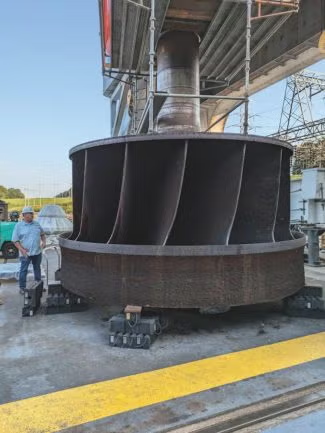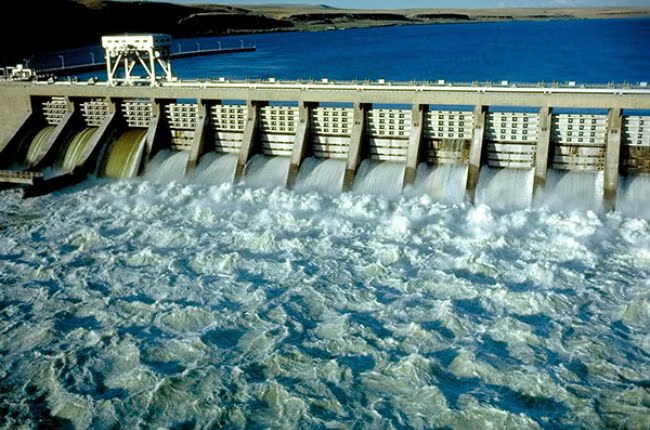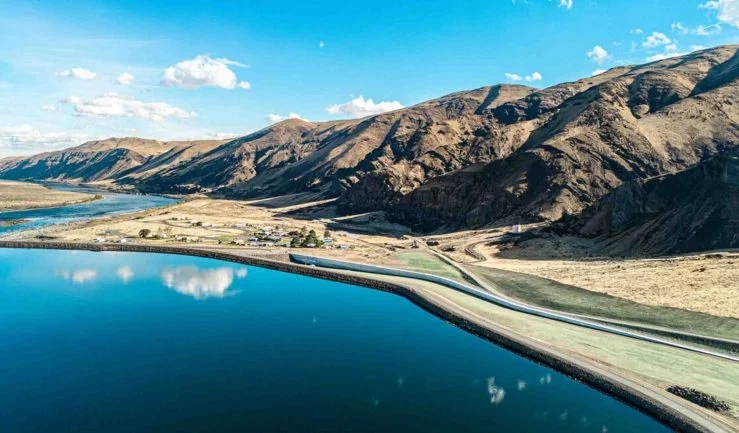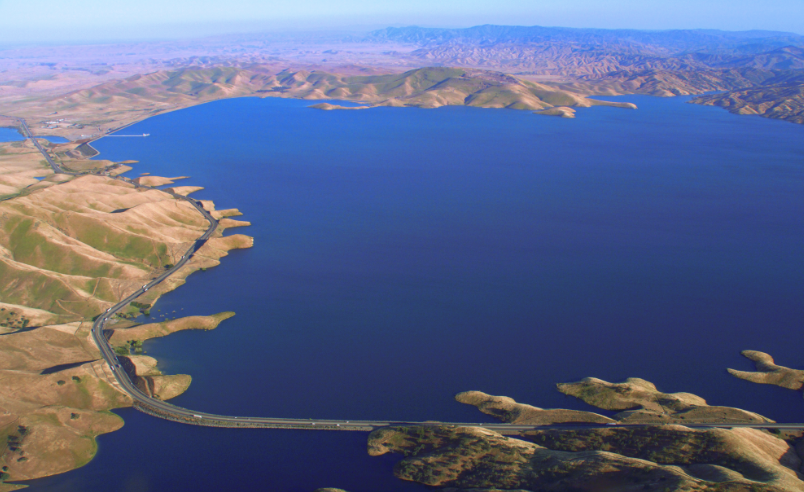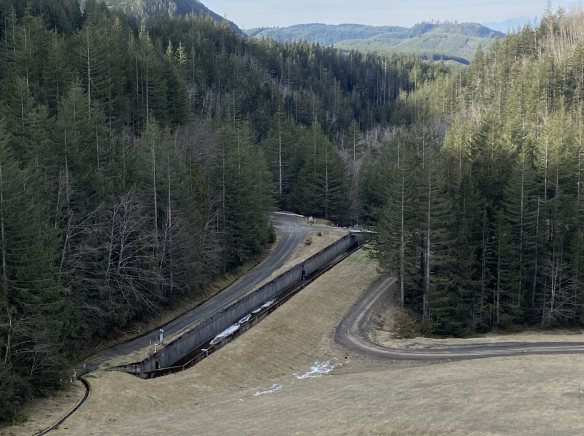
Condition monitoring for dams, which play a vital role in water management, flood control, and power generation, is undergoing a transformative shift. The 2024 report Condition monitoring in Dams reveals that automation is now at the forefront of this industry, driven by the need for improved efficiency, safety, and regulatory compliance. For professionals involved in the dam and hydropower sectors, understanding these changes is essential to adapting and staying competitive.
The report, commissioned by Bentley Systems, surveys industry experts from across the globe and delves into the rapid automation of monitoring practices. The findings paint a picture of an industry embracing digital transformation to safeguard critical infrastructure and optimize operational performance.
The rise of automated monitoring
Dam safety is a growing concern worldwide, particularly in regions where aging infrastructure poses significant risks. In the US alone, there are over 91,000 dams, with 15,600 classified as high-hazard. A failure in any of these could have catastrophic effects, including loss of life and severe environmental and economic damage. To mitigate these risks, condition monitoring has become increasingly automated, offering more precise data collection and analysis, helping dam operators identify issues before they become critical.
Automation has rapidly taken hold in the industry. Currently, about 76% of condition monitoring activities for dam owners are automated, with service providers pushing this figure to 82%. Over the next two years, these numbers are expected to rise further, with dam owners forecasted to reach 82% automation and service providers 87%. This trend signals a strong commitment across the industry to digitize monitoring processes, significantly improving data quality and operational response times.
The shift toward automation is not simply about replacing manual tasks but about enhancing productivity and performance through technology. Automated monitoring systems offer real-time data collection, which allows for faster and more informed decision-making. This capability is essential for ensuring the structural health of dams, especially when even small, unnoticed issues can lead to significant consequences.
Key benefits of automation
The advantages of automating dam condition monitoring are wide-ranging and go beyond operational efficiency. One of the most notable benefits is the accuracy and reliability of data. Fully automated organizations experience far fewer challenges compared to those relying on manual processes. On average, automated systems report only 1.6 challenges, while manual systems encounter nearly twice that number, at 2.9. Common issues like data ingestion problems, compatibility hurdles, and the difficulty of maintaining visualizations are significantly reduced when automation is in place.
The real-time data provided by automated systems also enhances decision-making capabilities. Organizations can gather continuous streams of information that allow them to identify and respond to potential issues faster than ever before. This data-driven approach not only helps in predictive maintenance – addressing problems before they escalate – but also enables dam operators to increase the number of parameters they measure. Over the last two years, nearly three-quarters of organizations have expanded the scope of their monitoring, adding variables like water turbidity and pore pressure to their assessments.
Cost savings are another major incentive for automation. Automated systems allow for more projects to be completed within the same timeframe, with fewer human resources required. Service providers, in particular, have seen substantial productivity gains, with more than three-quarters reporting the ability to execute more projects annually due to automation. This efficiency extends to labor as well, with nearly 60% of service providers noting that they can operate with leaner teams thanks to the automated systems now in place.
Another key benefit of automation is its role in regulatory compliance and public transparency. As environmental and safety regulations become stricter, automated systems provide the high-quality, reliable data needed to meet these demands. The report highlights that organizations using automation are three times more likely to share their monitoring data with the public, helping build trust and ensuring compliance with regulatory frameworks. This transparency is particularly important for dam operators, who are under increasing pressure to demonstrate that their infrastructure is safe and well-maintained.
Overcoming the challenges of automation
Despite the clear benefits, the transition to automated monitoring has not been without challenges. Many organizations, particularly those that still rely heavily on manual processes, are hesitant to fully embrace automation. One common misconception is that manual monitoring is cheaper than automated systems. However, the report indicates that this belief is largely unfounded. In fact, 78% of organizations that have adopted automation report that it has enabled them to complete projects more cost-effectively.
Another concern is the fear that automation will replace human judgment. However, the reality is that automation frees up technical staff from the mundane task of data collection, allowing them to focus on more complex, high-level analysis. By reducing the time spent on repetitive tasks, employees can apply their expertise to solving problems and improving operations, rather than simply gathering data.
Integration of data from automated systems with other information sources remains a technical challenge for some dam operators. While service providers are more adept at integrating sensor data with public datasets, predictive models, and asset management systems, many dam owners lag in this area. However, the report suggests that unlocking the full potential of automation depends on this integration, which can provide a more comprehensive view of dam performance and support more effective decision-making.
Industry trends and the future of monitoring
The rapid adoption of automation in dam condition monitoring is not occurring in isolation. Several broader trends are shaping the future of this industry. One of the most significant is the rise of digital twins – virtual models of physical assets that allow operators to simulate various conditions and predict maintenance needs. Currently, about 28% of organizations are using digital twins, and this number is expected to grow as technology improves and becomes more accessible.
Predictive maintenance is another area where automation is making a profound impact. By collecting real-time data, organizations can shift from a reactive approach to maintenance – where repairs are made only after problems occur – to a proactive one. Predictive models, integrated with sensor data, help dam operators anticipate when maintenance will be required, reducing the risk of failures and minimizing operational disruptions.
The social and environmental responsibility of dam operators is also playing a role in the push for automation. Regulatory bodies are increasingly recommending or requiring real-time monitoring systems to detect and avoid harm to the environment and surrounding communities. Organizations that adopt automated monitoring systems are better positioned to meet these regulatory demands while demonstrating their commitment to sustainability and public safety.
Moving forward: recommendations for industry professionals
For dam operators and service providers looking to stay competitive in this rapidly evolving landscape, the report offers several key recommendations. First, organizations should develop clear plans for implementing automation. Establishing well-defined roles, responsibilities, and processes is crucial for a smooth transition. Those that do this upfront are more likely to succeed in adopting new technologies and integrating them into their operations.
Open communication and collaboration between teams are also essential for overcoming resistance to automation. Engaging stakeholders at all levels of the organization ensures that everyone understands the benefits of automation and is on board with the transition. Transparent decision-making and regular communication can help mitigate concerns and foster a more cohesive approach to implementing new technologies.
Another important step is investing in data quality controls. Organizations should routinely assess the performance of their automated systems and put in place rigorous data governance practices. Ensuring that data is accurate and actionable is critical for the long-term success of automation efforts.
Finally, it is vital to educate and engage employees throughout the automation process. Rather than replacing human workers, automation allows them to focus on more valuable tasks. By shifting away from routine data collection, employees can apply their expertise to interpreting the data and making strategic decisions. Ensuring that staff members are trained and understand how automation enhances their roles will help ease the transition and improve overall efficiency.
Automation as the future of dam condition monitoring
The 2024 report on dam condition monitoring highlights the transformative impact of automation on the industry. From improving data accuracy and operational efficiency to enhancing regulatory compliance and transparency, the benefits of automation are clear. For professionals in the dam and hydropower sectors, embracing these changes is not just a matter of staying competitive but of ensuring the long-term safety and sustainability of their operations.
As the industry moves toward greater automation, the ability to integrate data from multiple sources, utilize digital twins, and adopt predictive maintenance strategies will be critical for success. With the right planning, communication, and investment in technology, dam operators and service providers can unlock new levels of performance, safety, and resilience for the future.


